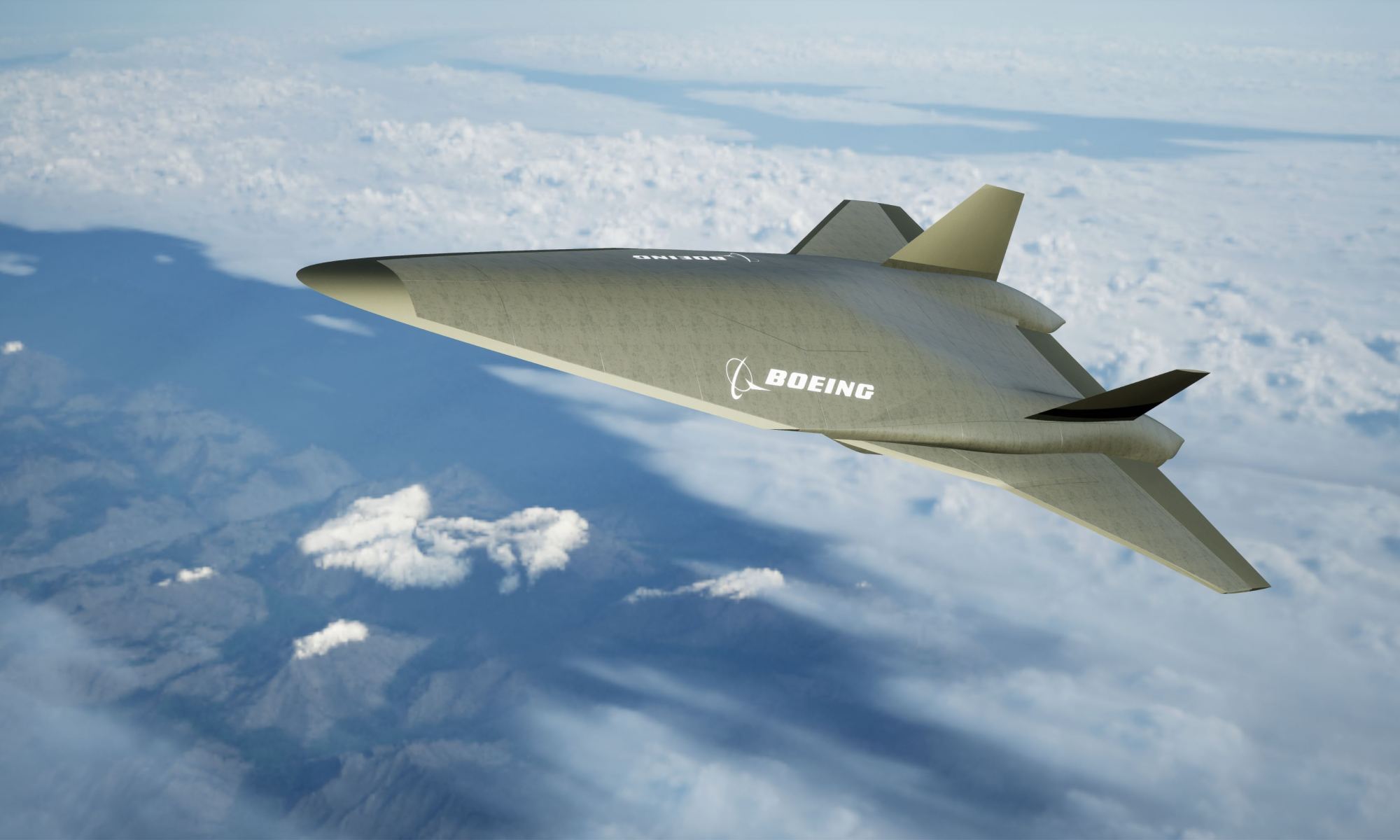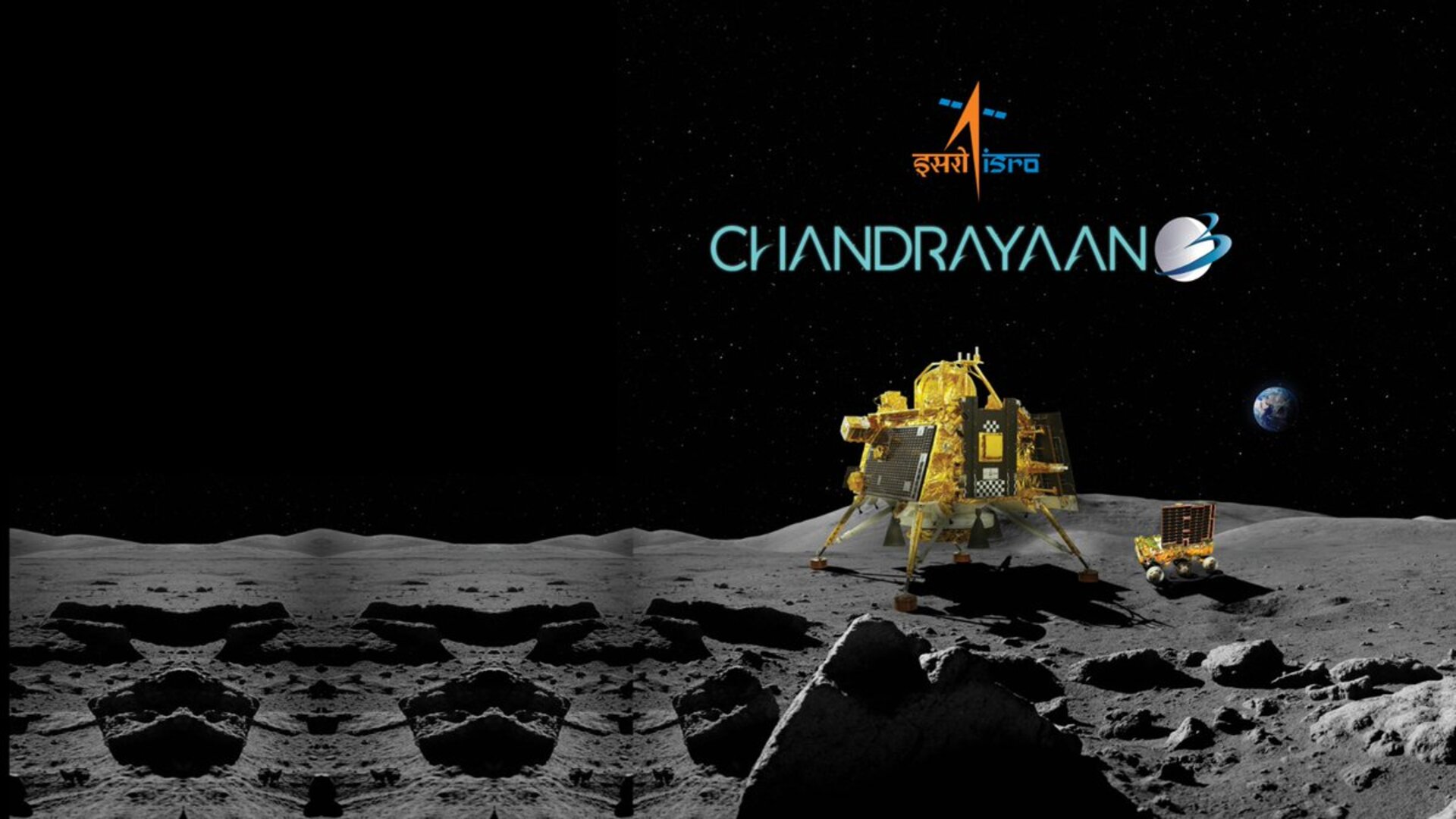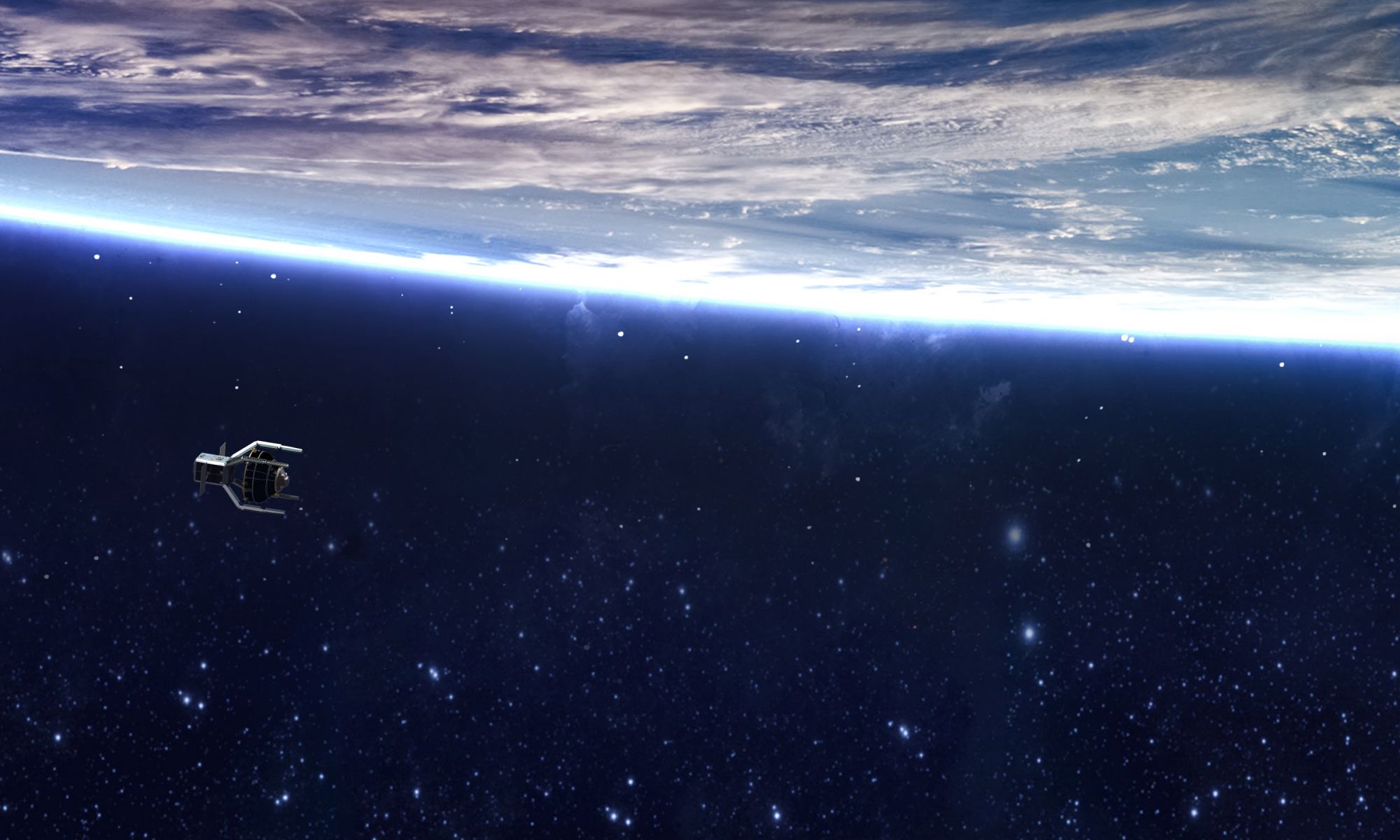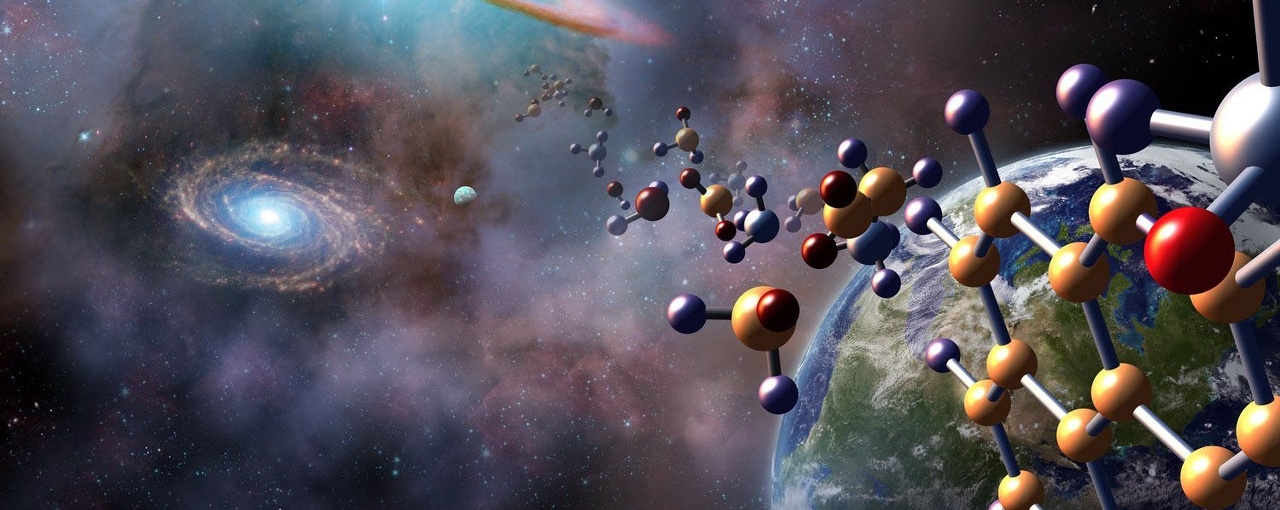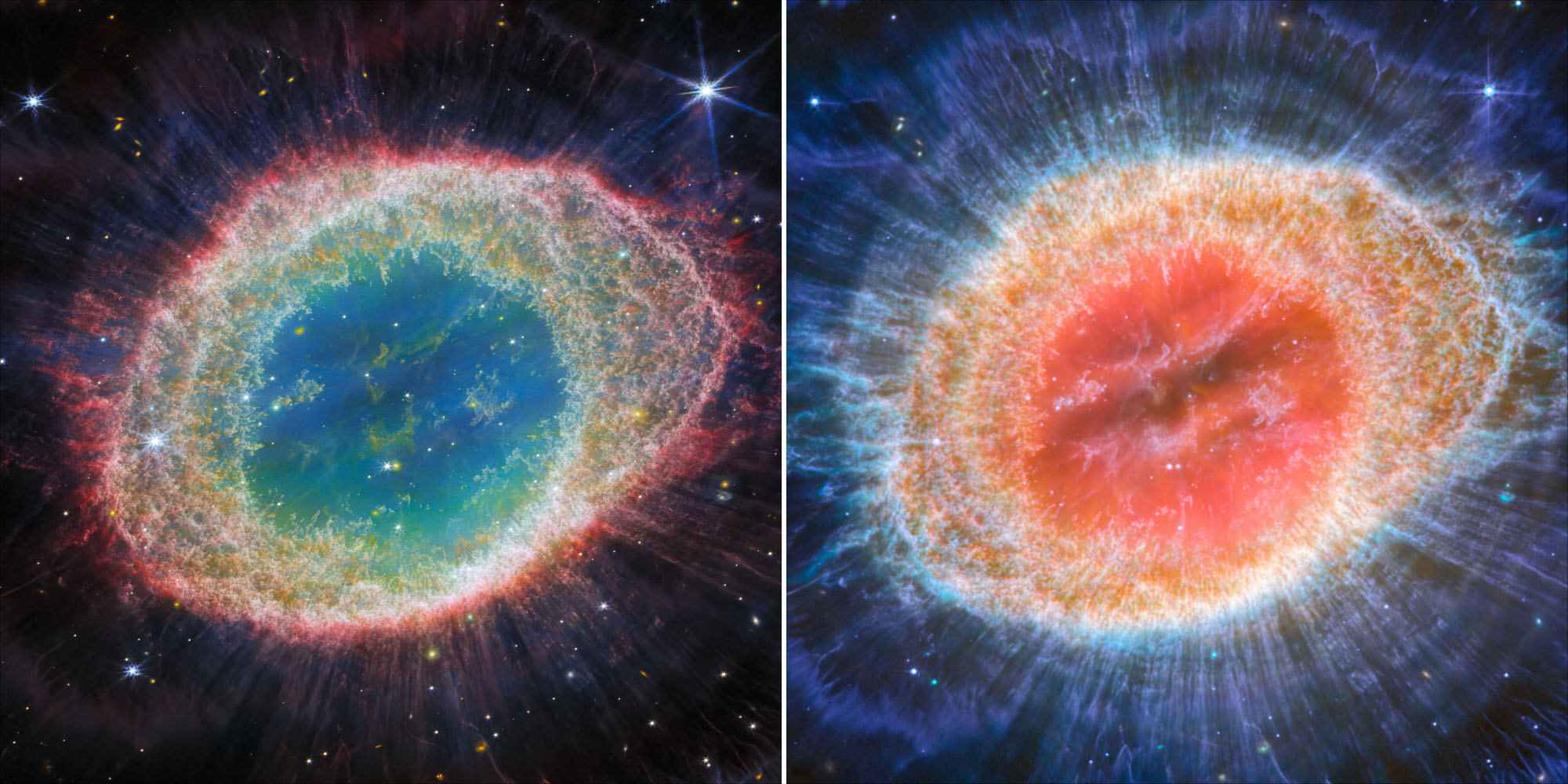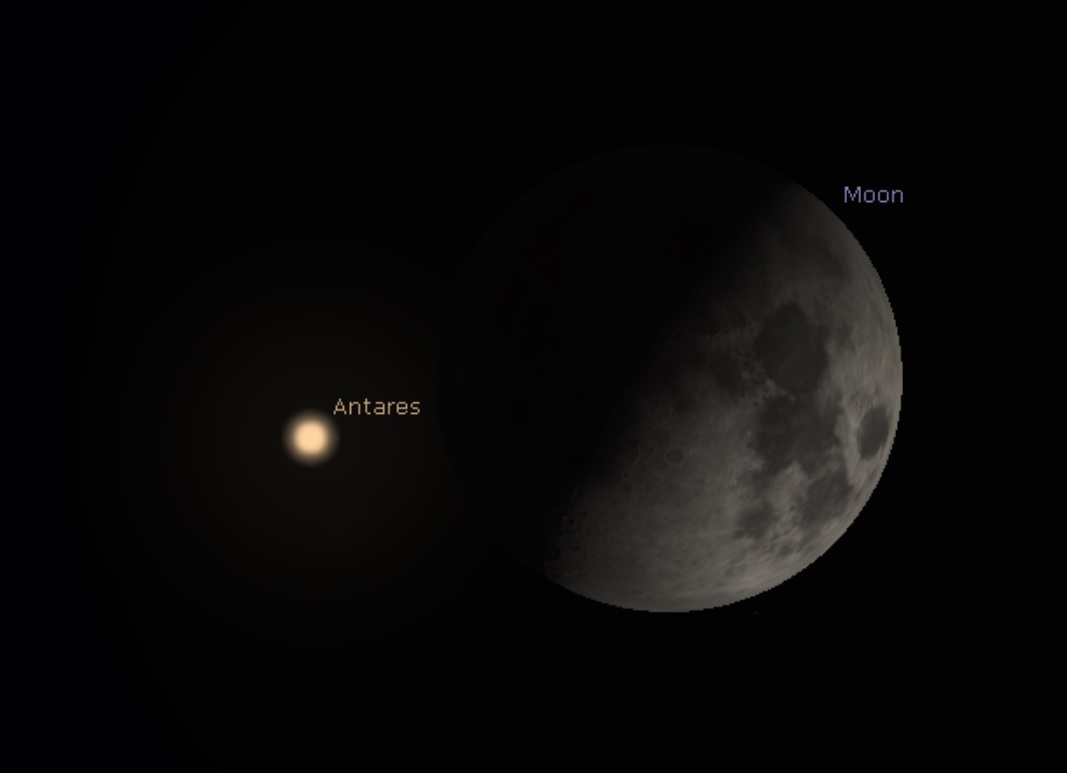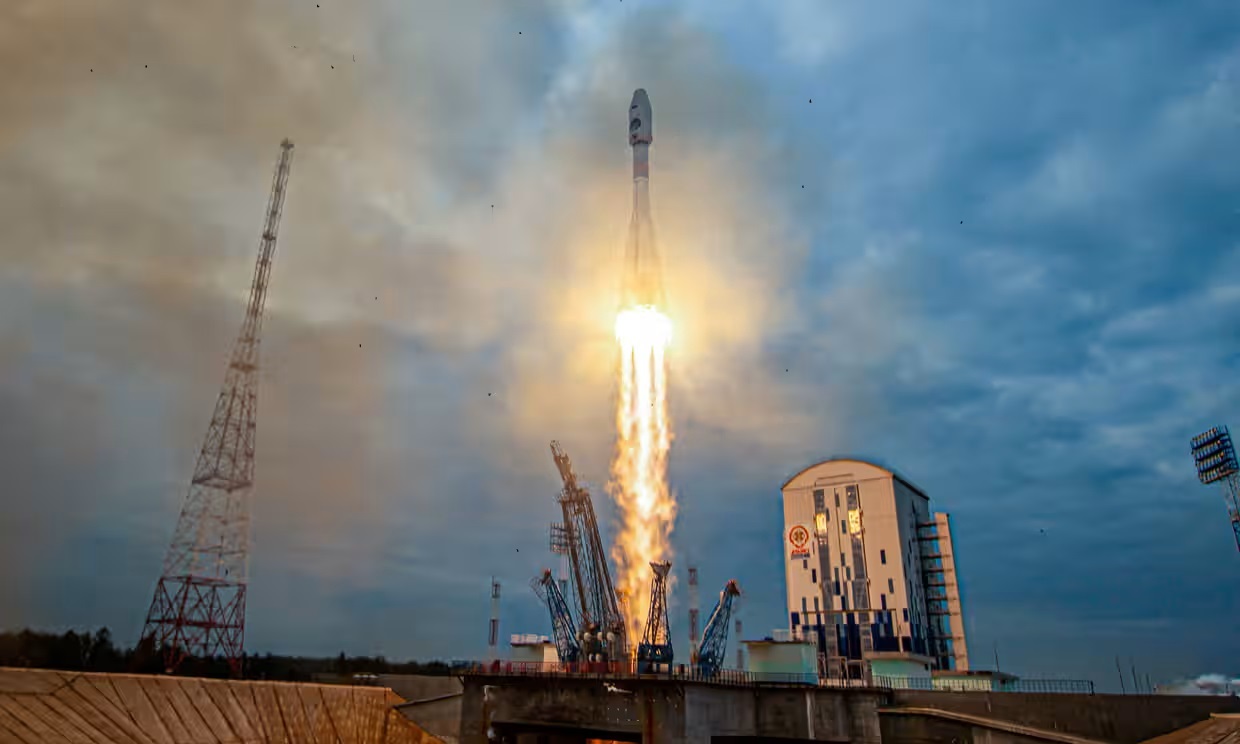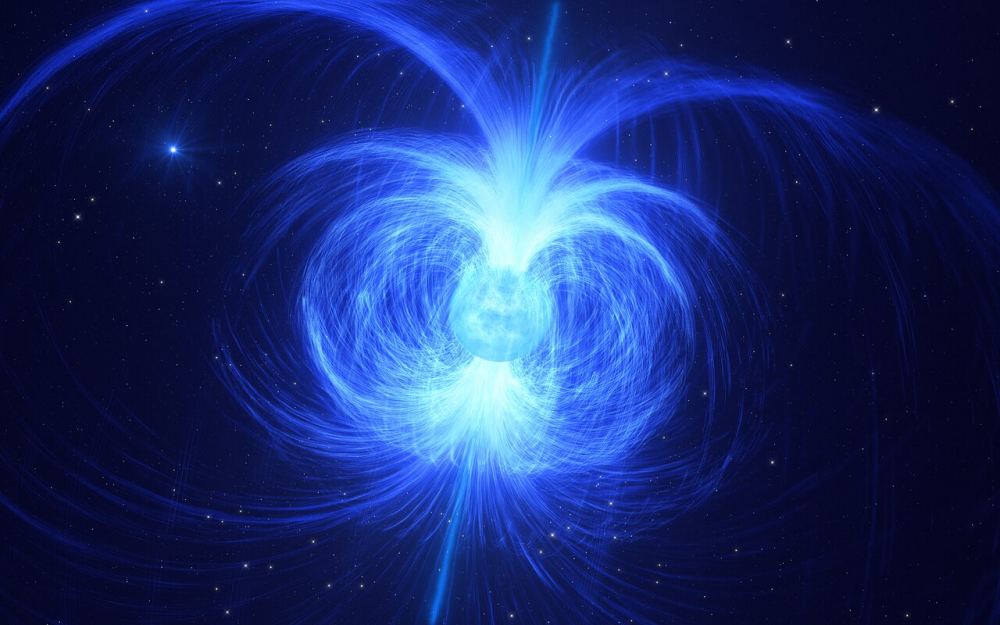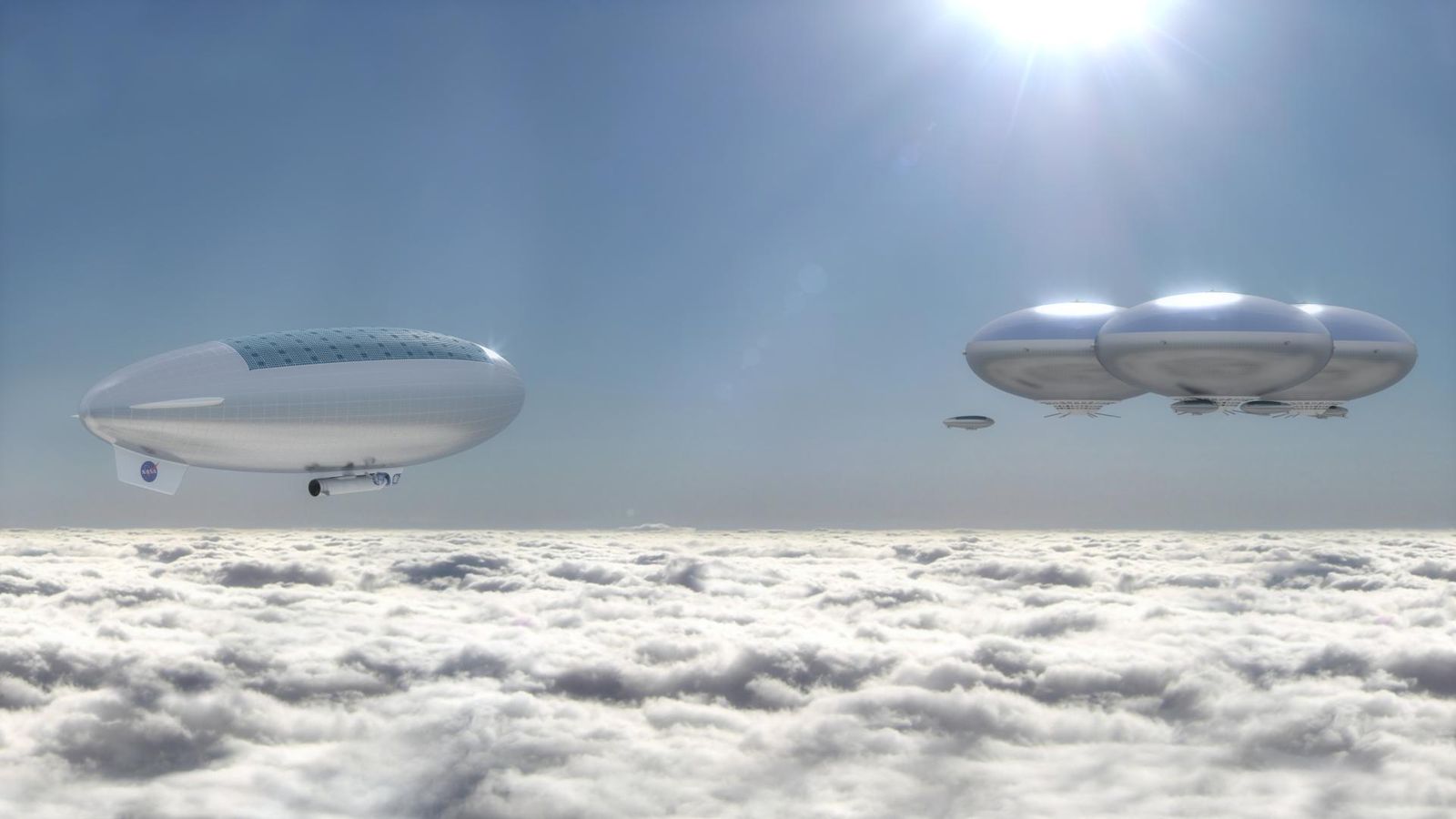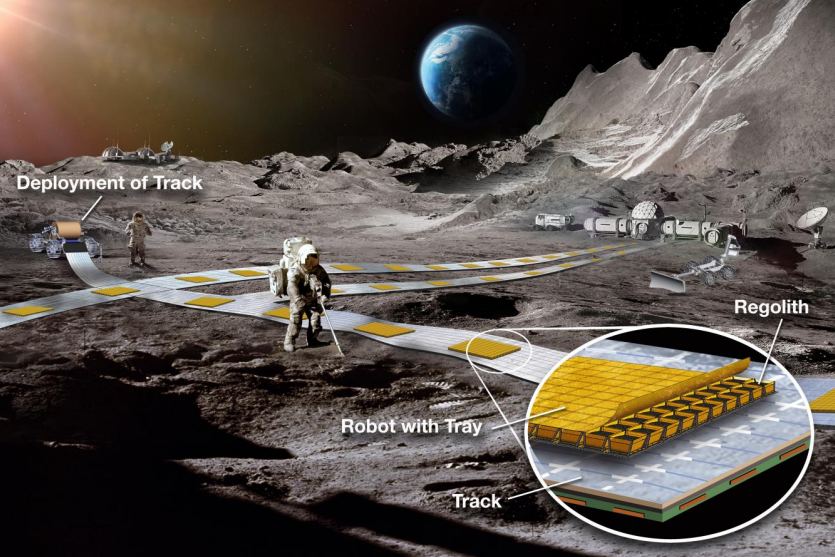The concept of supersonic transport (SST) has been a part of the commercial flight and aerospace sector since the 1970s. But as the Concorde demonstrated, the technology’s commercial viability has always been hampered by various challenges. For starters, supersonic planes must limit their speed to about 965 km/h (600 mph) over land to prevent damage caused by their sonic booms. Given the potential for flying from New York City to London in about 3.5 hours, which otherwise takes about 8 hours on average, aerospace engineers hope to overcome this problem.
Since 2006, the NASA Commercial Supersonic Technology Project (CSTP) has been researching SST as part of its QueSST mission and the X-59 quiet supersonic aircraft to reduce sonic booms, thus removing a crucial barrier to commercial development. Recently, NASA investigated whether commercial supersonic jets could theoretically travel from one major city to another at speeds between Mach 2 and 4 – 2,470 to 4,940 km/h (1,535 to 3,045 mph) at sea level. These studies concluded that there are potential passenger markets along 50 established routes, which could revolutionize air travel.
Continue reading “NASA is Helping to Develop a Mach 4 Passenger Jet”
